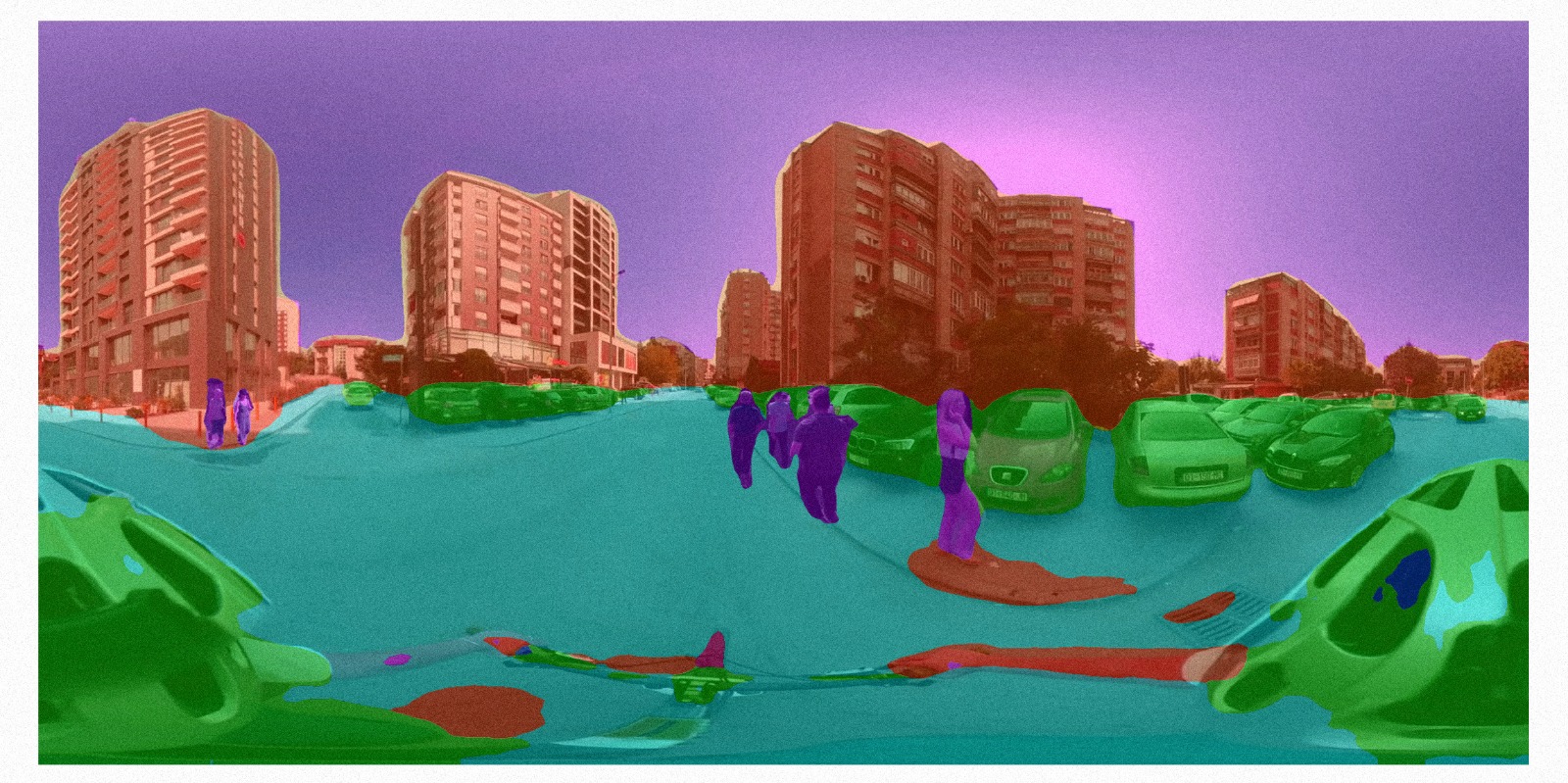CRA presents Manifesta 14 Prishtina’s Urban Vision
In March 2021, the design and innovative office CRA – Carlo Ratti Associati (Turin/New York City), led by MIT professor Carlo Ratti, was selected to conduct Manifesta 14 Prishtina’s urban vision. The urban vision informs how Manifesta 14 will take shape within the local context, but most importantly it is commissioned to develop how the city of Prishtina could be transformed by reclaiming public space by its citizens.
The urban vision created for Manifesta 14 Prishtina by CRA – Carlo Ratti Associati has created the foundation which will lead to the implementation of a sustainable and experimental 100-day biennial programme throughout Prishtina and the region.

The first pillar is the innovative methodology that has been testedin Prishtina since spring 2021. Open-source urbanism strives to put forward an alternative model for participatory urban design. Its key concept is the dynamic appropriation of public space, implemented through a sequence of inexpensive, temporary design actions. The urban interventions often leverage on existing elements of the urban fabric with the potential to attract public life and be the basis for a vibrant public space. Some of these elements expose situations where public space already exists, albeit in a liminal form: from publicbuildingsto former industrial spaces, to open-door cafes and restaurants, to schools and heritage architecture.

The second pillar is the analysis of public space with Artificial Intelligence, which has been the focus of the MIT Senseable City Lab’s work in Prishtina. For decades, designers and urbanists – with the work of William Whyte in 1970’s New York standing out for its value – have been employing increasingly accurate technological tools to gather data about life on our streets and squares. The use of A.I. opens up a new chapter in this story, since it allows researchers to get a precise sense of phenomena that would be otherwise hard to pin down. With machine-aided detection, we can augment our perception of public space, focusing on specific aspects or issues which in turn can inspire planning or design decisions. In the first step of this process, working closely with a group of students of the University of Prishtina, the MIT Senseable City Lab researchers have developed a Street View database of Prishtina – in lieu of the eponymous service by Google, which is almost totally missing in Kosovo – that is currently being analysed with A.I. and will be made available to the public. A better understanding of public space and its hidden logics can spur a virtuous cycle of feedback loops, whose ultimate outcome could be a more inclusive city.
Taken together, the method of opensource urbanism and the insights of technological analysis can hint at the possibility of alternative civic futures. They can support those who are fighting and advocating for a stronger sense of the Commons in the ongoing battle for public space — in Prishtina and beyond.